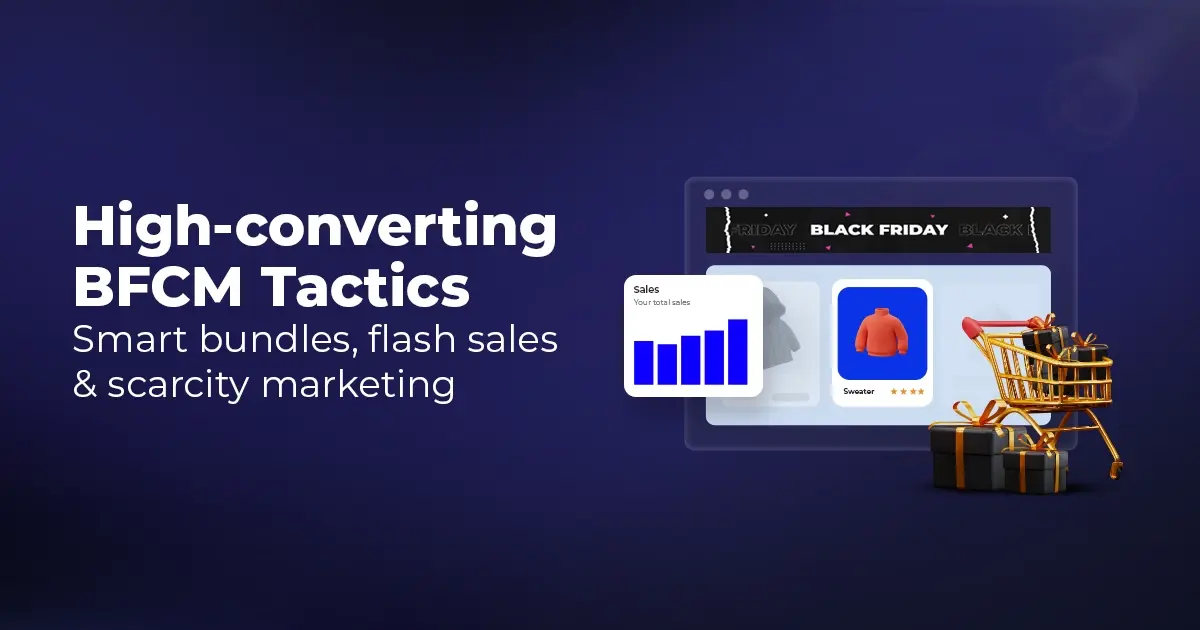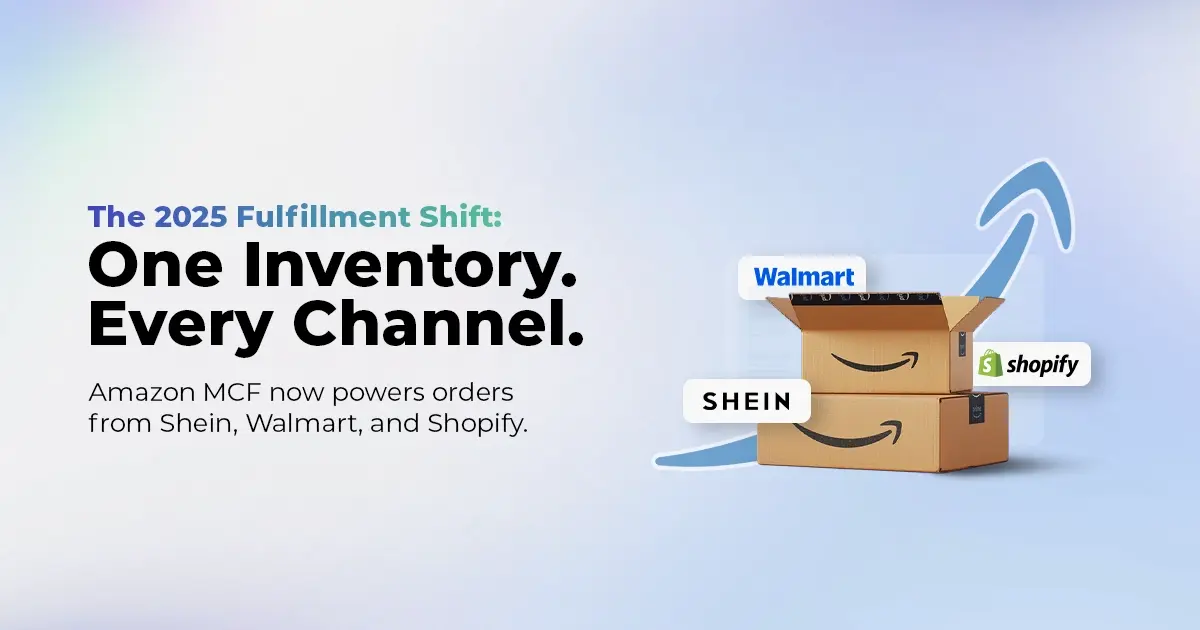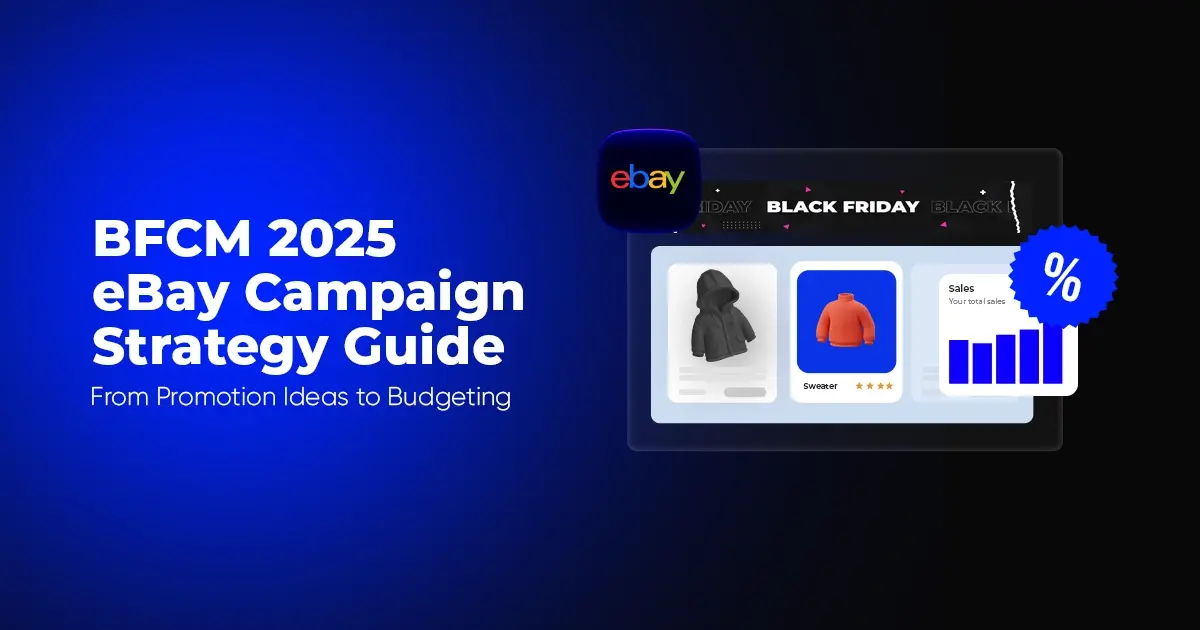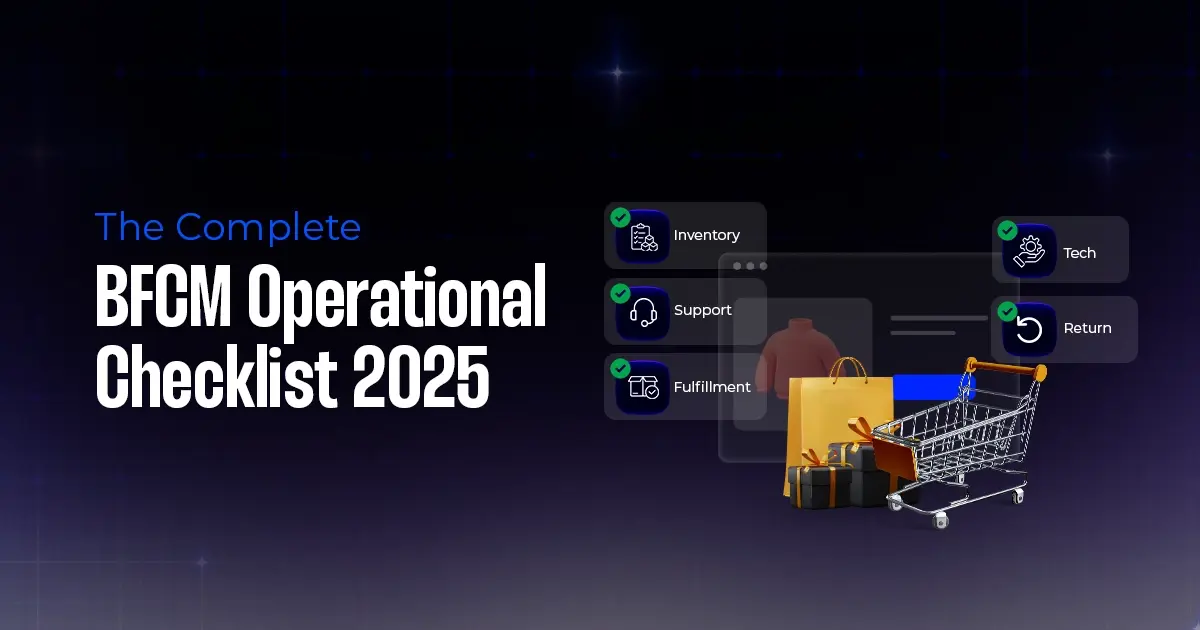Cyber Monday 2025 eCommerce Shatters Records
Reading Time: 3 minutesSummary Cyber Monday 2025 has officially become the largest online shopping day…
In an overwhelmed eCommerce world, the only factor you can rely on to acquire and retain customers is user experience (UX). A customer spends much time reading online, navigating a website, but there is no way they continue browsing your site if the UX is terrible. With 88% of shoppers saying that they wouldn’t return to a website if having a bad user experience, it’s impossible not to put much thought into the user experience.

It’s not easy to create a winning user experience, and there is no one-size-fits-all solution to designing a perfect user experience. Still, by following best practices, you can learn to at least make your website a little if it’s frustrating to use.
Let’s dive in!
User experience seems so confusing even within the UX community as its concept and components across nearly every industry, including software design, website design, app design, and more.
There are many ways to define the user experience. As a customer, you may think about user experience as the feeling you have in the experience of a product or service. The definition of user experience can be more unambiguous. User experience encompasses all aspects of the end-users’ interaction with the company, its service, and its products. It focuses on having a deep understanding of the users, their needs, their problems, and putting solutions in the UX design.
When it comes to user experience, don’t confuse it with “usability.” Usability is mainly about the functional part of a product. It is also an essential part of the user experience. Given that, let’s take a look at the facets of the user experience illustrated by Peter Morville:
UX is growing every day, and it will become more defined. No matter what way you use to approach this field, remember to ensure users find value in what you are providing to them.

As the term “UX” has been a buzzword in the digital world, you may wonder, “why is user experience important?” “What does it mean for your business?” For web designers, user experience is an integral element for their designs. For you, as a business doer, the importance of user experience comes through when you design and optimize your website targeting your audience.
To understand the importance of user experience, take a look at the core benefits of UX investment on your business:
If visitors have a horrible experience on your website, they are not going to return soon. They may come to your competitors’ sites. If your competitors provide a more exceptional user experience than yours, you will be more likely to lose prospects forever. Given that, the longer you keep visitors on your site with good user experience design, the more loyal your customers will become. On the contrary, a bad design will erode customer loyalty.
Customers’ advocates are also what you should target. Visitors who come to your website after a referrer from their friend will partly have their trust in you already. The referrers are not only seen in day to day interactions but also in social media. This way of providing a good user experience helps you drive customer loyalty organically.
When you create an impeccable user experience, your site is rewarded with more conversions. In other words, visitors will be more likely to convert in high numbers if they have an excellent experience on your website.
If you want to drive conversions to your site through excellent user experience, never stop thinking about the world from your customers’ perspective. Put yourself into your leads’ shoes. Imagine you visit a page, and even if you are interested in an offer from Google Ads or an organic search result, but the offer is so abstruse that you find it hard to understand. You will be frustrated and become impatient to stay on that page to figure things out. And then, you will likely make a quick exit without going to convert.
That’s why when your site’s UX is smooth for visitors to clarify, understand, and navigate, the higher number of conversions will follow.
An easy-to-navigate website will ensure an excellent user experience. Customers will leave you for your competitors if your website navigation is so complicated that they can’t find what they want while scrolling endlessly.
Start with your menu. Simplify it with fewer items that make it easier for customers to search for what they’re looking for. It’s also helpful for your SEO efforts as a more uncomplicated website menu will likely make your homepage more authoritative and easy to pass the search engine authority.
You can add layered navigation with multi-filters to help your customers navigate through your online store better and find relevant information quickly.
It’s also crucial to make it easy for people to move from one page to another page. Ensure that your pages are no more than four clicks from your homepage. Your search bar or menu bar should be easy-to-see so that visitors can figure out how they can move to a specific page or get back to the homepage quickly.
The evolution of mobile devices, as well as the drastic increase in mobile usage, have revolutionized the website industry. It has become more critical than ever for websites to target mobile users. A survey reveals that around 27% of the traffic of a website is from mobiles and tablets.
Users expect the same experience on mobile devices as they have on desktops or any other devices. So the first thing to do is make your website responsive. It means that your site’s content and information needs to be accessible and flexible to change the display based on the screen size of mobile devices.
Besides, a popular pain point of mobile users when browsing a website is that the buttons are too small. It’s hard to click on those small buttons with your fingers on the smartphone screen. So make your buttons easy enough for users to deal with.
Using video is no longer a trend; it’s a must. Showing video on your website creates a variation for your content instead of altogether texting your product description or user guide.
Product description video is one of the sweeping changes in video usage on the website. As people often watch product description videos on mobile – the dominating shopping channel over desktop, it’s undoubtedly that the video of product description sparks engagement in users.
Personalization is an integral part of eCommerce website optimization practices. The more personalized your website is, the easier it is for users to reach what they’re looking for as you can get real insights into their needs and wants. A personalized user interface (UI) will be a positive attribute to the result of user experience.
Personalization in the user interface helps you build high-quality information collection and distribute the right information to the right audience. It’s one of the best ways to take care of your customers, but also a challenging job. To step on the right track in UI personalization, look at the five categories of personalization figured out by Dr. Murray Turoff:
A large amount of a site’s bounce rate and abandonment cart is from the checkout complication.
It’s challenging to eliminate specific steps in checkout – yet simplifying it is viable. The related checkout fields can be incorporated to present all fields on one page only, which keeps users on the page instead of having to move to another page to fill in the remaining information. You can also add the auto-suggestion information such as addresses, shipping methods so that users can complete their information more quickly.
If it’s possible, make it easy for customers to make payments via their similar payment gateways and cards. Also, it’s better to allow users to log in through their available social media accounts such as Facebook or Twitter, as it’s often more convenient.
User experience plays a prominent part in the store’s performance. As the expectation of the users is growing, they not only demand high-quality products but also call for an excellent user experience that is presented on your site’s performance. In some cases, customers buy the experience, not the products.
Investing in creating a user experience that drives conversions, builds customer loyalty, and encourages customers to spread positive word of mouth about your brand can’t be overlooked. Implement these practices effectively to boost your user experience.


Reading Time: 3 minutesSummary Cyber Monday 2025 has officially become the largest online shopping day…

Reading Time: 2 minutesSummary Amazon kicked off December with two major developments shaping the future…

Reading Time: 2 minutesSummary Walmart has entered December with two major moves that signal a…

Reading Time: 2 minutesBlack Friday 2025 delivered the strongest U.S. eCommerce performance in history, as…

Reading Time: 13 minutesStill approaching BFCM with generic discounts, last-minute price cuts, or scattered promotions?…

Reading Time: 3 minutesTikTok Shop reached a major milestone during its largest U.S. “Global Black…

Reading Time: 3 minutesOpenAI has announced a new AI-powered shopping research tool designed to help…

Reading Time: 9 minutesIf your TikTok Shop listings often sit in review or your visibility…

Reading Time: 3 minutesAmazon has rolled out a new “Seller Challenge” feature for eligible Account…

Reading Time: 3 minutesWalmart Marketplace has sharpened its requirements around product classification (category, type group,…

Reading Time: 3 minutesJust ahead of Black Friday, Amazon is enforcing tighter controls on its…

Reading Time: 11 minutesWhere holiday prep of past years focused on legacy channels like Amazon,…

Reading Time: 11 minutesThe eCommerce shift you actually need to act on Multi-channel fulfillment has…

Reading Time: 10 minutesBlack Friday Cyber Monday (BFCM) isn’t a weekend anymore; it’s a two-month…

Reading Time: 2 minuteseBay is quietly testing a new feature that could reshape how buyers…

Reading Time: 2 minutesAmazon is stepping into a new era of value commerce with the…

Reading Time: 11 minutesThe $240 Billion BFCM Opportunity & Why Operations Matter Every seller, business,…

Reading Time: 7 minutesTL;DR — Your 60-Second BFCM Battle Plan Time remaining: 3 weeks until…

Reading Time: 2 minutesChina’s Double 11 shopping festival — the world’s largest annual online retail…

Reading Time: 2 minutesAs the holiday season approaches, TikTok Shop has released its September 2025…